

Suunto Blog
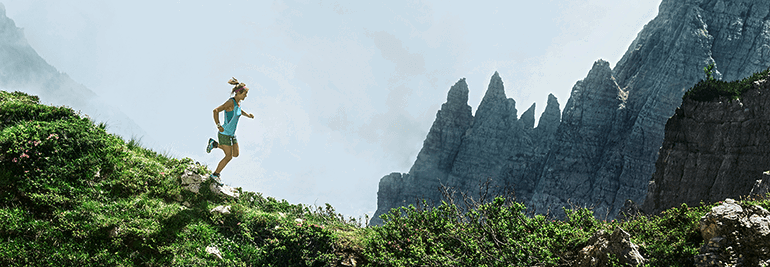
Emelie Forsberg, the unstoppable Swede
Talk to Emelie Forsberg and you'd think she's just another mountain-loving adventure girl with a fondness for baking home-made cookies. But behind the fun-loving Swede is a phenonenal podium-winning athlete – one who has excelled in several trail running disciplines – as well as competition ski-mountaineering.
A three-time Sky Running World Series champion (2012-2014), Emelie exceeds at marathon and ultra distance events. These are mountain trail races which feature several thousand meters of vertical ascent and range from 30 to over 50 km long over terrain that can range from loose rock to high altitude snow fields. To mountain runners these are races that are steeped in legend and lore, races like Zegama, Pikes Peak, Kima and modern classics like Transvulcania and the Diagonale des Fous.
She is fiercely competitive and has an impressive medal tally – too long to list here – but it's clear that winning is not her primary goal.
“I'm not going to remember a win in 40 years time — I will remember the view or the feeling,” she says.
There's a photo of her taken just before she crossed the finish line of the 80 km Mt Blanc marathon, a race that would crown her 2014 Skyrunning Ultra champion. It's distinctive for one feature – an enormous smile she can't contain. She looks as if she's just run a 5 k, far less a gruelling double marathon.
“From my heart I can truly say I enjoyed every second of it,” she wrote on her Facebook page shortly afterwards: “Pure skyrunning. J´adore! I love!”
It's Emelie's infectious love of running that shines through above all else.
“It's hard to describe it's so good,” she says. “You get a really good feeling in your legs. You feel so light – you're just flowing over the ground. You feel like really wow, I could go on forever, or wow, what a great feeling.”
It was this feeling that propelled her onto the professional circuit. One of her first wins was a local uphill mountain race in Norway's Yotunheimen national park in 2010. What is extraordinary is that prior to the race, and on the same day, Emelie decided to go for a run that became a 50 km ultra with 4,000 m of vertical.
“I was free that day so thought I would run around,” she says by way of explanation. “It was super beautiful.”
Not all races are beautiful experiences however. During the 2014 Kima she took a wrong turn and dropped from 1st to 5th position. She still finished 2nd.
And besides official races, she's also a fan of the Fastest Known Time (FKT) movement, which are self-organized and (often) solo attempts to break speed records on mountains. In 2014 she set the overall record on Sweden's highest mountain Kebnekaise, shaving 15 minutes off the previous record.
Big mountains play a big part in her life. When she's not competing Emelie loves to hang-out in the mountains, camping, hiking, climbing and skiing in winter. Of course, that also means competing on skis too, in the ski mountaineering world cup. Despite being a relative newcomer to the sport, 2015 brought Emelie her first podium, a third place in the Trofeo Marmotta.
“I like to be out in the mountains in the winter too,” she says, “and this is just another way. The training is the same as before just different on skis. It's fun to race, it's good training – actually the hardest training I have ever done!”
Where next for the Swedish athlete? Whatever it is, it's bound to involve some big mountain adventures. “The best times are when you're in the mountains, where the clock and the world outside don't count. Mountains are simplicity, freedom and responsibility — everything that I love!”
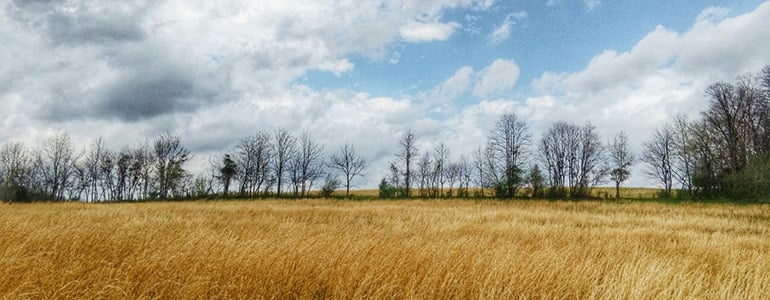
The run continues for real-life Forrest Gump
There are marathons and ultras. And then there’s Pat Sweeney’s personal challenge – a 5,000km run across America. The real-life Forrest Gump has been running steadily since January and is hoping to complete his epic west-to-east mission mid May in Boston. He tells us he’s having a great adventure and meeting some interesting characters along the way – including Elvis and several snakes… “I have picked up my mileage and am trying to now average around 40 miles (64 km) a day and even ran over 50 (80 km) on back to back days. The weather is getting better and my spirits are up. I ran through Arkansas then across the Mississippi river and up the Blues highway to Memphis Tennessee. I stopped at Graceland to see Elvis and am currently just south of Nashville.”
Staying hydrated is vital to staying the distance. ©Pat Sweeney
He adds: “Last week a sheriff in Mississippi let me stay in a tornado shelter when the weather was good. Then a couple days ago while in Tennessee there were actual tornado warnings in the area I was running. Storms come out of nowhere and I have got stuck in the hail a few times. It's now spring so it's fun to be outside and see the seasons change. Flowers are blossoming animals are getting frisky and I have seen seven snakes in the last two days.”
Time to run – Sweeney enters the deep south.The Suunto supported runner is now clocking over 200 miles a week. “My body is tired and fatigued but I keep trudging along with a smile and look forward to each days adventure.I'm hoping now to finish my run in Boston by running the Boston Marathon course since I will be missing this year’s race. I should get there around May 10th if all goes well. It should be a lot of fun.”
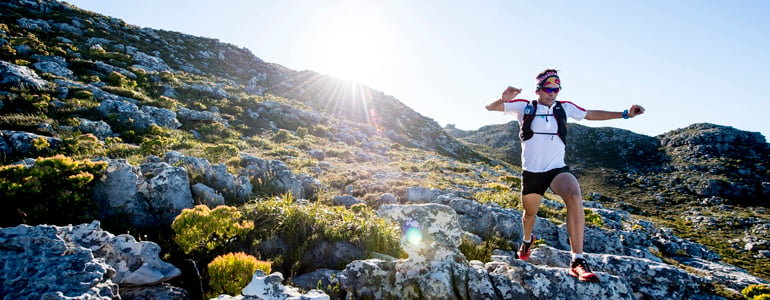
Test yourself against Table Mountain FKT
It's the trend that has captured the imagination of runners the world over – setting FKTs, or Fastest Known Times – and ultra runner Ryan Sandes may have just created one of the most scenically spectacular routes. Continuing our series of athletes sharing their best efforts, the South African athlete goes behind the scenes on his most recent feat – an FKT across Cape Town's iconic Table Mountain.
It's fair to say that Ryan Sandes is most at home on long distance trails and ultras. A year ago he and Ryno Griesel set an FKT of 41h 49m crossing the 220km Drakensberg mountains.
Now, on familiar terrain but an unfamiliar distance the Suunto ambassador has just blasted a 15.1 km trail across the rocky spine of the Cape Peninsula in 2h 2m 13s.
“The run starts with a massive climb up Llandudno Ravine to warm your lungs and legs up,” Ryan tells us. “This is a super technical climb to the top of Table Mountain with lots of rock stairs and scrambling. The views on top of Table Mountain are amazing and makes every drop of sweat getting up to the top worth while.”
Ryan covers the 700 m ascent in 32 minutes, but the vertical isn't the only thing to worry about on the route.
“Once on top of Table Mountain the route is a little flatter but it is not completely flat. It is very technical running along a single track which can be quite overgrown and seeing large snakes is a common occurrence. Once you get to the Valley of the Red Gods you have a few small ladders to negotiate before descending Platteklip Gorge.
This is the hardest part of the run for me, as you have big rock stairs leading down Platteklip which kill your legs and you also have to constantly dodge tourists hiking up the mountain! Once on the contour path, the running is fairly fast to the finish but your legs will be feeling tired after the big descent off Table Mountain.
The route is just under 16km, but is very slow moving and you can never get into any rhythm. But I love it as it is in my 'back garden' and I feel right at home.”
All images ©Craig Kolesky/ Red Bull Content Pool
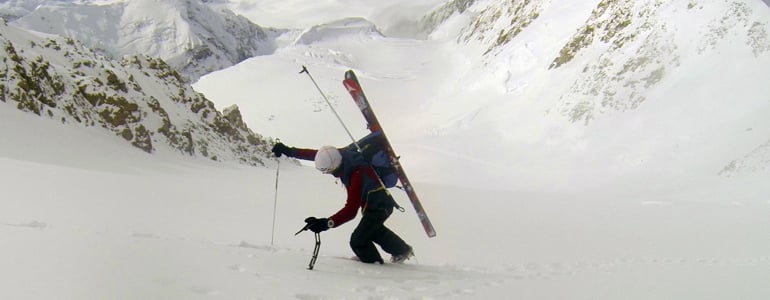
Kilian turns his gaze to the mother of mountains
As the skimo season comes to a close, Kilian Jornet is hanging up his skis and turning his attention to the big adventures ahead for the 2015 summer season. Quite literally, one stands out above all the rest: Everest.
As part of his Summits of My Life project, which has seen him set speed records on seven mountains around world, Everest will be the project’s tallest order yet.Jornet is heading to Everest for his first time during the Himalayan climbing season, this spring, to begin what he says will be a long, patient process of preparation and discovery.“I conceive of this trip to Everest as a chance to learn,” Jornet says. “To really get to know the mountain and its surroundings and to learn everything my colleagues can teach me.
And which photographer took this shot? Kilian himself!
“I don’t know when we will be able to attempt the challenge as that will depend very much on the weather, acclimatization and the conditions we find there. I’m taking this first trip as an opportunity to learn.”His first visit to the highest mountain in the world will be focused on becoming familiar with the area, the planned route and, crucially, the effects of altitude. Everest will be Jornet’s first 8,000m mountain. Completing a rapid ascent on his first expedition is not something he says is on the cards. “We know we have a long way ahead of us,” he says. “I think this will be a long-term project that we hope to complete in the coming years.”
Depending on weather conditions, Jornet will attempt the ascent either via Norton Pass or Hornbein Couloir – both rarely climbed routes. After he’s returned from the roof of the world, Jornet's plan is to hit the trail running scene in Europe and the US. He is not joining any fixed competitive circuit, but will run the races that most inspire him.His first race of the season will be the Mount Marathon in Alaska, one of the oldest in the world. It’s a vertical race to the top of the race’s namesake, Mount Marathon (922m), on US Independence Day. Next, he’s running in the Hardrock (USA), followed by the Tromsö Skyrace (Norway), the Sierre Zinal (Switzerland), the Skaala Uphill (Norway) and then finally, back on his home turf, the Ultra Pirineu in the Pyrenees.
Main image shows Kilian on Denali. ©Summits of my Life

MENTAL-STRENGTH-ADDING WORKOUT FOR RUNNERS
Ashley Relf is a San Francisco based coach and athlete. She started her athletic career as a successful gymnast and was training six hours a day already as a 12-year-old. Unfortunately a neck injury ended her career at age 13 and she shifted her focus to volleyball, soccer, basketball, and diving. At college she played soccer and ran track.
Post college Ashley played soccer semi-professionally for a year but soon became an avid runner and triathlete.
“Currently I am a mother of a 6 1/2 month old son, Joaquin and an elite runner training to chase after the Olympic Trials Qualifying time in the marathon,” she says.
In addition to being a top athlete Ashley also holds a degree in Sport psychology, and a Certificate in Exercise & Sport Performance. She coaches individual clients as well as high school, club, college, corporate and professional level teams in both mental strength training and athletic performance in running, triathlon and strength training.
“My strengths as a coach are that I understand the rigors of training to reach higher levels of performance and the psychological challenges of working through the extreme demands of competition,” she says.
“I help my clients find the right steps to take to enhance their performance and reach a better understanding of her or his strengths and weaknesses and what needs to be done to move forward.”
THE SPEEDY FINISH LONG RUN
Ashley Relf’s workout, The Speedy Finish Long Run, is great for those who want a workout to help simulate pushing through mental and physical race fatigue towards the later stages of a race.
“This exercise will help you finish a race strong and fast even when your body and mind are trying to get you to stop or slow down,” she says.
The Speedy Finish Long Run is aimed at competitive runners who already have built a solid foundation with their base mileage.
Note: Adjust the heart rates (HR) in the sample workout based on your own HR zones.
Step 1
“Run the first 10 miles at your normal conversational pace.”Distance: 10 miles (15 km)Target HR: 70%–80% of your max HR
Step 2
“For the next 3 miles start running at your tempo pace (about a minute/mile faster than your normal conversational pace).”Distance: 3 miles (5 km)Target HR: 81%–93% of your max HR
Step 3
“Run the next mile at your 5k race pace or an effort that you would not want to talk with your running buddy at.”Distance: 1 mile (1,5 km)Target HR: 94%–100% of your max HR
Step 4
“Run the last 2–3 miles at your normal conversational pace.”Distance: 2–3 miles (3–5 km)Target HR: 70%–80% of your max HR
“The goal of this workout is to gain confidence from your speedy finish long runs to push through the mental and physical challenges and keep increasing the effort,” coach Relf says.
For more info about Ashley Relf and her coaching go to www.traincompetegetfaster.com
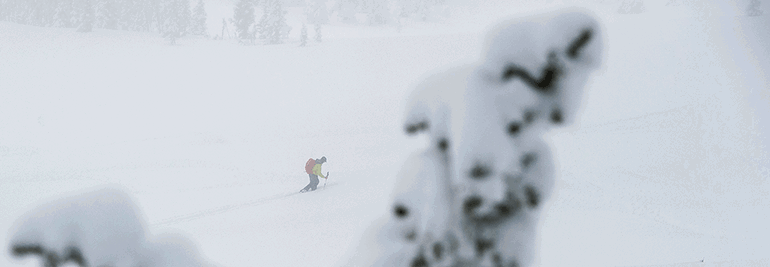
TUTORIAL TUESDAY: WHERE AM I? FINDING YOUR LOCATION WITH AN AMBIT
Figuring out where you are is fairly simple when you have a map, the visibility is good and you can identify a few landmarks. But when the going gets rough, the weather is against you and the sun sets, the task isn’t so simple any more. In this tutorial you will learn how your Ambit can help you to find your location.
The basics are simple: you can find your current position with a few clicks of the Ambit.
Choose: Navigation – Location – Current
To make sure you get the satellite fix as quickly as possible, remember to sync your Ambit regularly and keep it up to date.
Once you have found the GPS signal you will get your current location in geographic coordinates. The most common coordinate system in GPS devices is WGS84, which is also used by default in Suunto GPS watches.
Use the same coordinate system on your watch and map
If you need to give your exact location to someone in a rescue situation, WGS84 works. But when you start using a map and defining your location on it, you will need to make sure your GPS watch and the map use the same coordinate system. (To change your Ambit’s coordinate system go to General – Formats – Position format.)
Latitude/longitude is the coordinate system used in marine navigation and is common on topographical outdoor maps. Latitude lines run horizontally. The zero latitude is the Equator. Longitudes run vertically and the zero longitude runs through Greenwich, England. The latitude is normally the first number expressed in lat/long coordinate (for example 60°16'19" N 24°58’23’’ E).
WGS84, which uses latitudes/longitudes, is actually more than a coordinate system: it also includes a model of the globe that enables the use of GPS altimeters.
UTM is a grid coordinate system that is used on many outdoor maps. It divides the map into a perpendicular grid in which each of the squares are the same size anywhere on the map. This means the coordinate system is tied directly to a distance in meters.
This Norwegian map has both WGS84 (black) and UTM (blue) coordinates.
The black numbers on the sides of the map are degrees latitude; the numbers on the top and bottom of the map are degrees longitude. To determine your location on the map, draw a west to east line through the corresponding latitude and a south to north line through the corresponding longitude. The intersection of the two lines indicates your position.
The blue numbers are the northings and eastings of the UTM coordinate system. You can use them like the lat/log when finding your location on the map.
You can get support for your Suunto product at support














































































